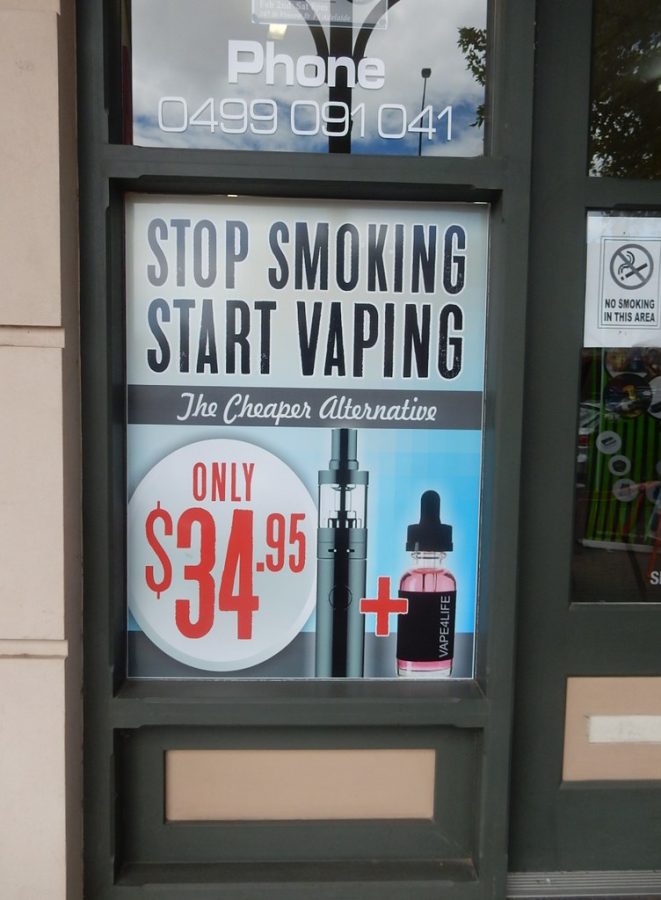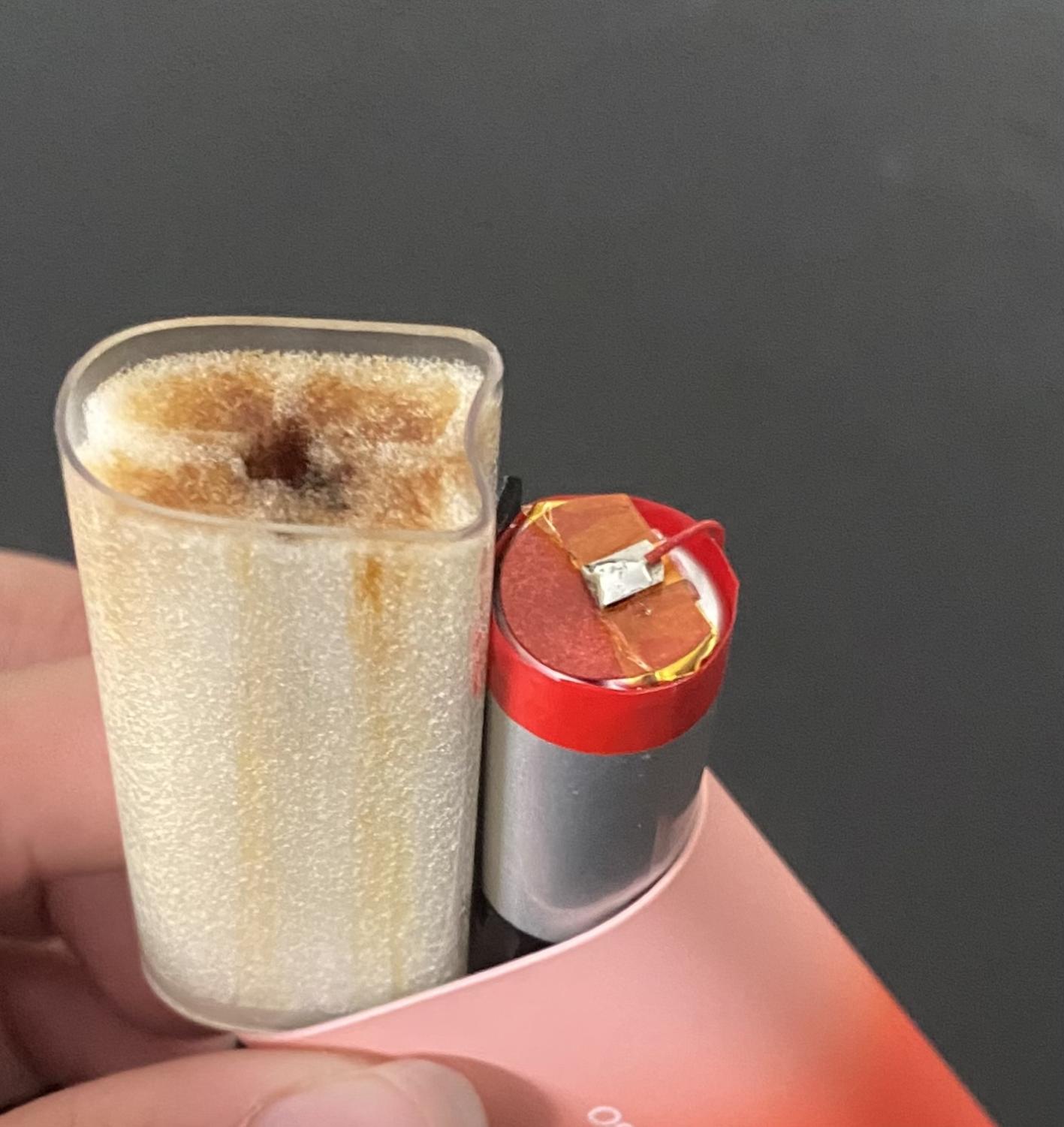Your donation will support the student journalists of Buena High School. Your contribution will allow us to purchase equipment and cover our annual website hosting costs.
How the tobacco industry sunk its claws into a new generation
May 23, 2023
Many advertisements outright market vapes as a safer, smarter alternative to smoking cigarettes.
Teen cigarette usage has been steadily declining since 2011. While this may appear to be a win in the war against tobacco on the surface, nicotine and tobacco use is in fact skyrocketing due to the covert marketing of vape products to teens.
The most prominent drop in smoking occurred within the teenage demographic, which was a massive blow to the cigarette industry as businesses that depend on addiction know the importance of getting to customers young. Their marketing reflects this priority and arguably, is the main reason they did not lose teenagers entirely.
Campus Supervisor Rey Reyna said that most of his job involves monitoring vaping on campus in one way or another. In his position, he is expected to escort students caught vaping to the office, where they face consequences and their paraphernalia is confiscated.
However, a problem that supervisors are facing is that it is uncommon to catch students in the act. More often, they find traces of vaping after the children have left the area.
Teen smoking is usually in response to adult influence in two ways: rebellion or imitation. Candy cigarettes, which were available to children from the 1930s to 2009 when they were banned in America, are a prime example of the imitation being exploited. They were a candy that let children feel grown up, which could quickly develop into an urge to do the real thing. Shortly after the ban, teen smoking began to drop.
But these candies were not the only ad ploy that targeted younger generations.
According to the National Library of Medicine, “[tobacco] ads use images rather than information to portray smokers as independent, attractive, healthful, adventure-seeking, and youthful—in short, they play on concerns for peer acceptance.”
All of these are traits that are most commonly associated with teens, especially youth and peer acceptance. It is very clear that the tobacco industry knows its most vulnerable, and therefore most important, customers are young people, and they advertise accordingly.
In 2011, the drop in teen cigarette use did not only coincide with the rolling back of things like candy cigarettes, but also with the rolling out of new products. Vaping gained popularity in the general public in 2010. Within the next four years, vaping would become “the most commonly used tobacco product among U.S youth,” according to the CDC.
By marketing vaping as a safer alternative to smoking, companies managed to bypass the outlaw of tobacco product ads on television that was implemented in 1971. So it makes sense that, with this new loophole, vapes became the main product being pushed by tobacco companies. Especially in a society in which they were finally starting to feel the effects of people realizing cigarettes were dangerous.
This is not the first time tobacco companies have worked around the stigma that comes with cigarettes, they did the same with chewing tobacco in the 1970’s. Baseball players believed it was a safer alternative to smoking, and so the public would follow, this of course was discovered to be false over time.
While it could be argued that vaping is the better option since they do not contain tobacco itself, they do contain other cancer causing metals and chemicals. And, they are still addictive in the same sense as cigarettes, because they contain nicotine. There have even been cases of vapes marketed as nicotine free, containing traces of it.
According to the Addiction Center, “e-cigarette use results in a higher Nicotine dependence among young adults than traditional cigarettes.”
Yet, despite all of this, ads and subliminal messaging to teenagers manages to override the danger. It is very common to hear teenagers around campus, and on a broader scale, boast about how much healthier it is for them to be vaping instead of smoking. They don’t look further into the truth, or lack thereof, of that statement because they feel informed from the misinformation the tobacco industry embellishes and plasters all over.
“I do not understand why, with all the information out there… people— kids especially— get into [vaping],” Reyna said, “they know it is bad for their health.”


